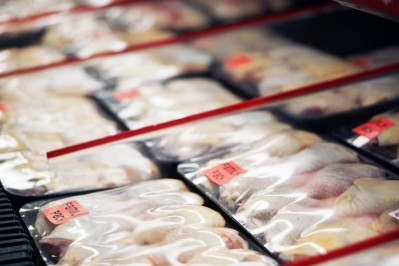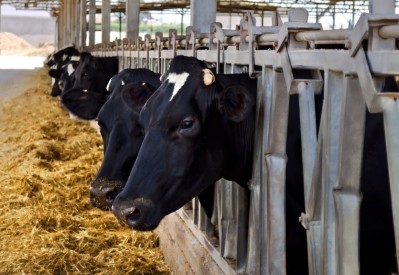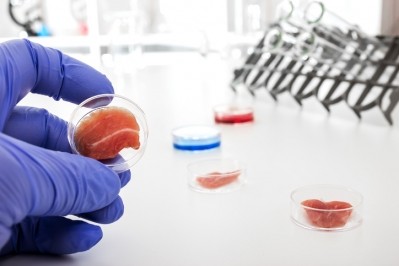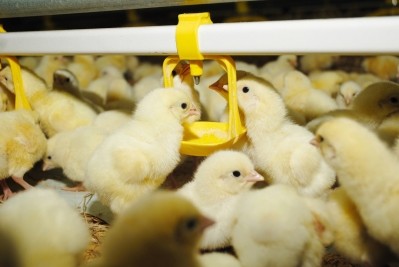What will poultry production look like 10 years from now?

Animal welfare issues were at the forefront of our discussion. “How do you produce chickens for growing future populations and address societal concerns as well? The expected rate of meat consumption in 2030 and the demands for slower growing birds run in opposite directions – there would also be huge implications for production costs and hatchery and house numbers to accommodate that type of model.
Essentially, the pragmatic point of view will have to take precedence in future poultry husbandry with intensive models dominating but niche poultry sectors continuing to co-exist. An industry based on one or the other is not a plausible future scenario,” said Penz.
Most poultry production globally focuses on producing a 2kg live broiler. In 2010, typically that 2kg bird was reared in 42 days. Six years on, it is ready for market in 37 days or less. And some poultry nutrition researchers forecast that, in the next few years, with good quality feed, a 2 kg bird can be achieved in 34-35 days.
He also expects greater industry consolidation and an increase in the number of integrated operations.
Growth promoter removal
And Penz sees a step up in the pace of poultry industry migration away from the use of antibiotic growth promoters (AGPs) in markets like Latin America and Asia now that the issue is to the fore in the US.
He noted McDonalds’s stewardship drive to ensure antimicrobials can stay effective and the fast food giant’s announcement in March 2015 that within two years in the US market, it would only source chicken raised without antibiotics used in human medicine.
“There is a very clear demand for alternatives to AGPs. Cargill is looking at this country by country to evaluate product opportunities,” said Penz.
AGP removal will be a paradigm shift in US poultry production. “It is no small step,” he added.
But the US and other regions can build on the papers published on AGP removal in the last 20 years and the knowledge gleaned since the ban on AGPs in Europe in 2006, he said. “So we, in the US and elsewhere, will suffer less in that regard,” said Penz.
There already has been a radical change in perspective in the US, he said. The industry there used to be skeptical that AGPs could be removed from poultry and pig production with no impact on profit. But the success of the Danish livestock sector, in particular, in terms of the pioneering work done on ending growth promoter usage there made the US look at gut health in a whole new way, sad Penz. “Their achievements were a landmark from a technical point of view. Through the efforts of the Danes, we started to understand what gut health meant. We started to understand the chicks in a different way," he added.
Penz stressed the importance of biosecurity in ensuring a successful poultry operation in the absence of AGPs: “When a poultry barn is faced with a disease challenge such as avian influenza, the biosecurity measures in place are not working.”
Precision nutrition
He said the precision nutrition approach will also support such migration: “It will be all about meeting the requirements of every bird, every day.”
The safety margins of nutrients, he argued, need to be reduced in poultry diets: “When we have higher safety margins, we have more nutrients for microorganisms to proliferate in the lumen of the digestive tract.”
Evaluation of the digestibility of proteins in terms of the precision nutrition poultry feed model is also critical, said Penz.
Analysis of grains to determine their percentage of starch, protein and humidity is also important. “In order for a producer to build a complex diet with precise nutrient concentrations they need to know with certainty the nutrient content of the ingredients they are working with. This approach gives them a better understanding of nutrient loads and animal demands.
“Soy and corn are commodities until the time they get into the feed mill. Then you have to get a breakdown of their component parts. NIR tools are of great benefit in this regard,” said Penz.
Vitamin D bioavailability
And he said producers also need to ensure the vitamin D in their poultry feed formulations is highly bioavailable, given the vital role that additive plays in the regulation of calcium and phosphorus metabolism, which is key to optimizing the bird’s skeletal system and its welfare by strengthening bones, beaks and claws.
The Cargill poultry expert remains optimistic about the future of the sector: “There are lots of challenges. Society is more engaged. But we need to respond to societal concerns with science backed responses. I believe the global poultry industry can adapt and grow.”
North Western Europe has seen a change in some chicken producers’ strategy and business models to address market demand for premium poultry products.
In the Netherlands, there is an initiative called Chicken of Tomorrow, a broiler production model launched by poultry producers and processors providing for higher animal welfare standards including additional space for the chickens and additional poultry litter as well as a longer lifetime of one to two days.
In February 2015, however, that country’s consumer authority, the ACM, found that agreements to remove regular chicken meat from Dutch supermarket shelves to favor that new type of ‘sustainably’ reared chicken only went too far and did not satisfy the efficiency arguments necessary for exemption.
The ACM found that the improvements offered by the Chicken of Tomorrow were limited: the birds only benefited from slightly more space and generally only lived a couple of days longer than conventional chickens, it said.
Its consumer research also found that these improvements came at a cost higher than consumers were generally willing to pay. Nevertheless, the Dutch supermarkets are still leaning in that direction.
Interestingly, the Polish poultry industry is growing at a good pace currently as producers there leverage a more cost-competitive, standard chicken model, noted Rabobank in its poultry industry outlook in October 2015.
















